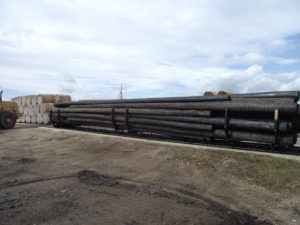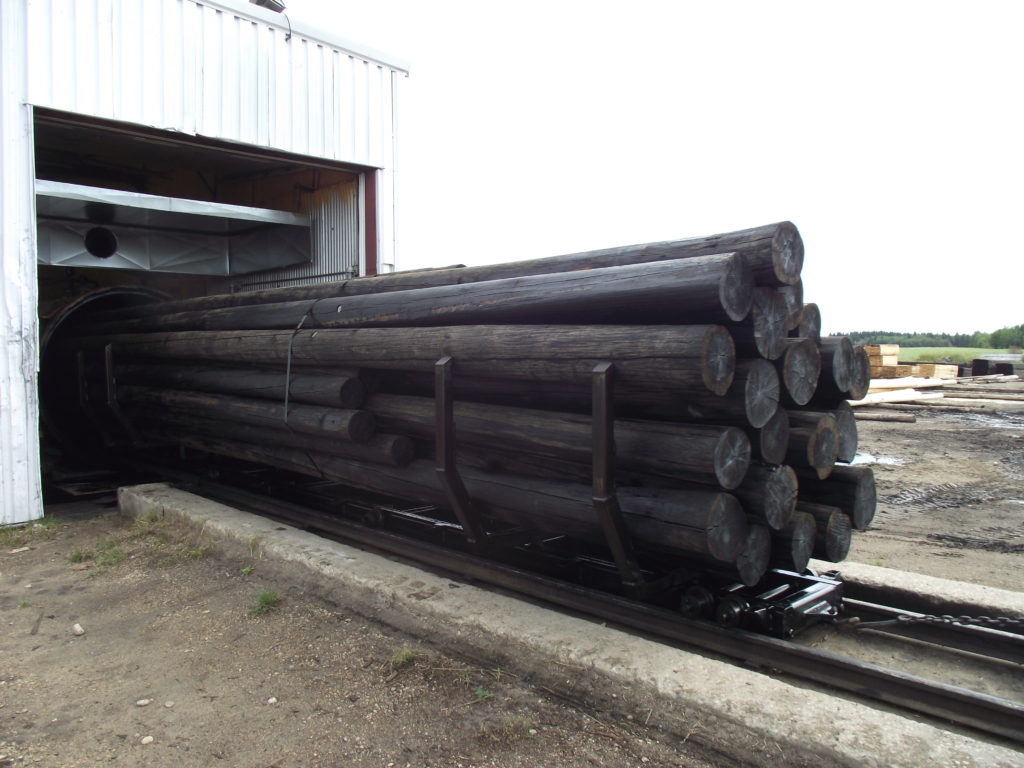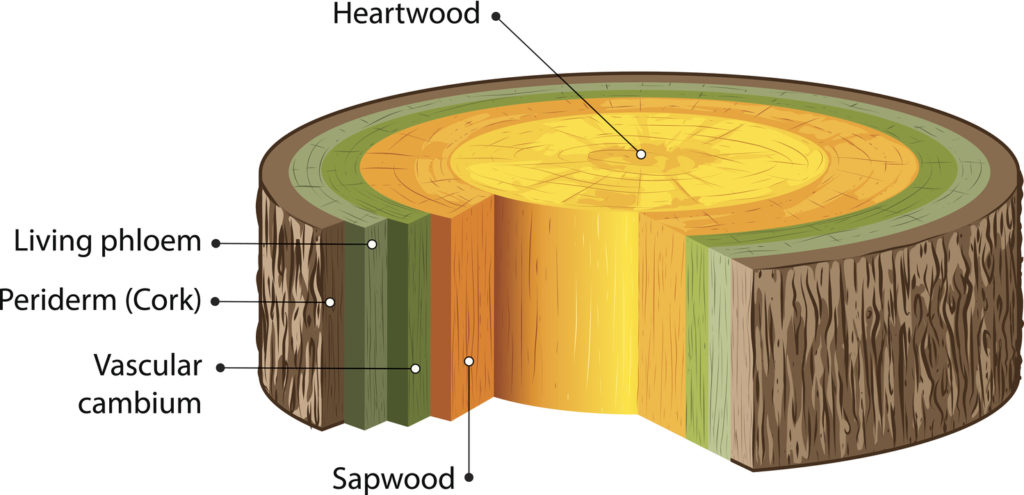The case for using “PENTA”.
No other oil-based preservative rivals Penta overall for
giving wood products the protection they need.
On the market for decades, Penta is simply safer.
Because Penta is not water soluble, you won’t have the concerns about ground-water contamination on your property as occurs with arsenic leaching from water-soluble CCA (chromated copper arsenate) found in certain treated-wood products. Please note that Penta is not suitable for salt-water applications.

What exactly is “Penta”?
Penta is a crystalline solid that becomes a liquid preservative when dissolved in biodiesel. This biodiesel concentrate is then added either to dark wood treating oil or light wood treating oil.
Typically, dark wood treating oil is used for fence posts, rails, and dimensional lumber, while light wood treating oil is used for utility poles, foundation piling, and crossarms.
The Penta treating that Vermette Wood Preservers does meets or exceeds all CSA, AWPA, and USDA standards for treated wood.
The Penta preservation process begins by conditioning the wood.

The wood is naturally air-dried until its moisture content drops to between 19% and 26%. When the wood reaches that moisture content, it can be loaded into the pressure cylinder to begin the treatment process.
Air is forced into the cylinder to open the cells of the wood. While maintaining pressure within the cylinder, we fill it with the Penta solution.
Once the cylinder is completely filled, we force additional preservative into the cylinder. This forces the solution into the cells of the wood. After this step, we release the pressure inside the cylinder and drain the solution from it. The cells within the wood subsequently contract, which pushes excess preservative out of the wood.
Next, we subject the wood to a vacuum for several hours. This draws out the remainder of the excess oil from the wood’s cells.
Finally, we release the vacuum, open the door, and remove the wood. The completed product is one we are proud to offer. Some parts of the process described above are varied to suit specific products’ treating standards.
VWP measures up when it comes to quality and industry standards.
For preservative penetration and retention, we strictly adhere to the guidelines published by Wood Preservation Canada as well as the standards established by the American Wood Protection Association. All of our wood products meet or exceed industry requirements in both Canada and the United States.
What the standards prescribe.
To achieve a standard’s retention specification, our preservative, Penta, must penetrate and be retained in the sapwood of the treated product.
Penta penetrates the wood’s outer layers first, then moves toward the centre (sapwood and heartwood) of a post. Industry standards require a minimum penetration depth of 10 mm (0.39”) and 85% of the sapwood.
Whether we’re treating fence posts, pilings, or utility poles, each product is pressure- treated to the appropriate industry standard for penetration depth. To ensure that standards are met, wood core samples are taken from each charge.

